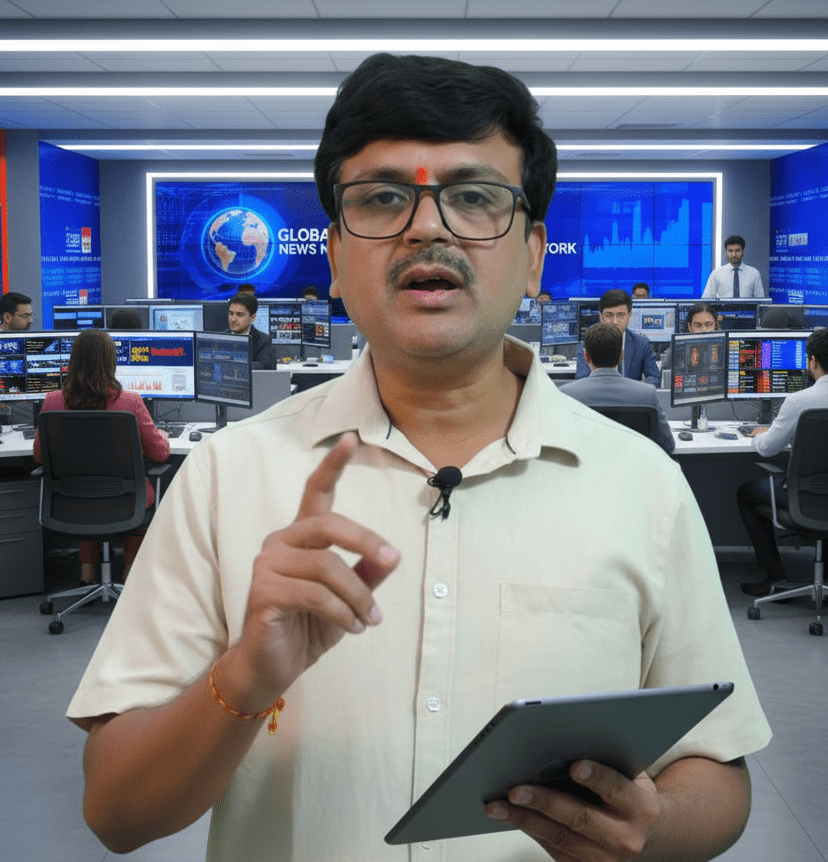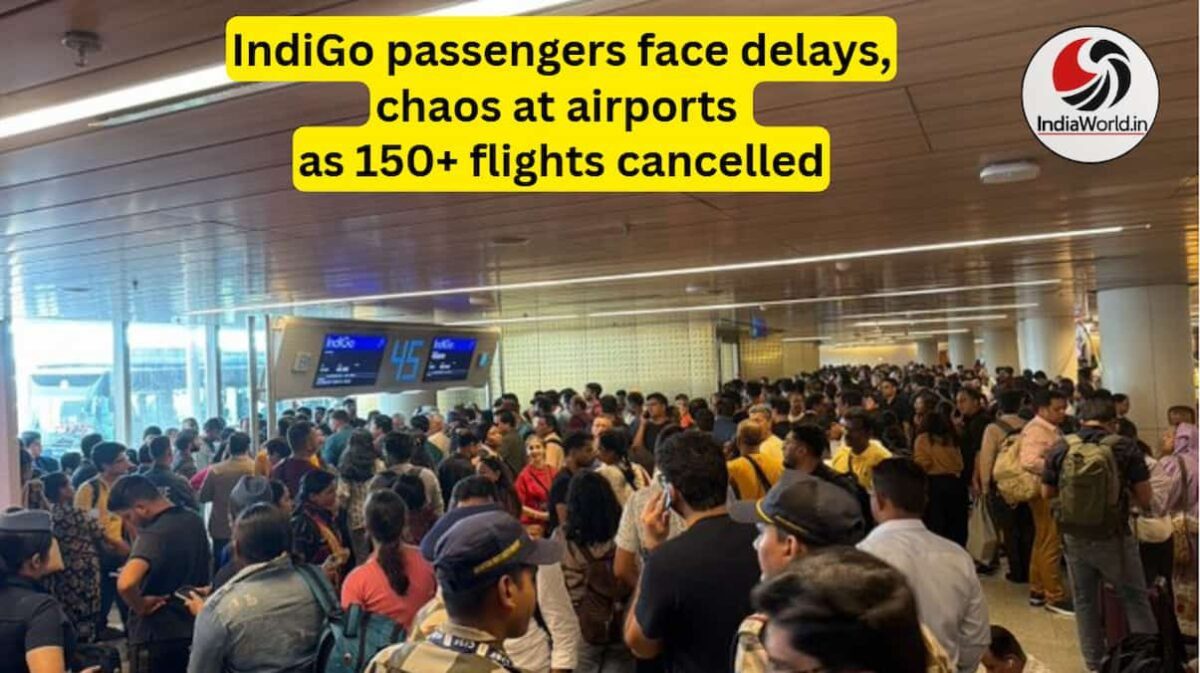Heartbreak in Karur: Did a Hero’s Delay Cost 31 Lives?
Karur was buzzing with excitement on September 27, 2025. Thousands of people poured into the town square, draped in red and yellow, eager to catch a glimpse of actor-turned-politician Vijay. His TVK rally was meant to be a symbol of hope and change. Families brought children, young people waved flags, and the air pulsed with energy.
But the mood shifted sharply. Hours passed, the sun scorched, and the crowd grew restless. When the surge began, it was unstoppable. Cheers turned into screams, banners into barricades. By the end of the day, 31 lives had been lost—among them six children. Over 50 more were injured, many battling for survival in overcrowded hospitals.
The Human Toll
News of the tragedy spread in waves—first ten deaths, then twenty, and by evening the final toll hit 31. The victims were ordinary people with extraordinary hopes:
- Six children, the youngest only 8.
- Sixteen women, many mothers, teachers, and breadwinners.
- Nine men, fathers, and elders, the backbone of families.
Hospitals in Karur quickly filled. Doctors from nearby districts rushed in. Blood banks issued urgent appeals. Families searched frantically for loved ones, clinging to hope but bracing for the worst.
Every victim carried a story. Little Ravi, who clutched his mother’s hand until the crowd separated them. Nurse Priya, who skipped work to see her idol. Farmer Kumar, who sold crops just to attend. Karur’s streets soon turned somber—shops closed, prayers echoed in temples, and grief hung heavy in the air.
Vijay and the Questions Raised
Vijay, pale and shaken, addressed the crowd after the stampede. “My darkest day,” he called it. He visited hospitals, met grieving families, and promised aid. His party leaders pointed fingers at the police for weak crowd management. But whispers grew louder: why did it take him nearly three hours to arrive?
Sources cited traffic delays for his convoy. Yet, in those hours, the crowd baked in the heat with little water, few exits, and no system to control the surging pressure. The gap between expectation and reality created deadly conditions.
Government and Relief
Tamil Nadu’s Chief Minister MK Stalin acted swiftly. He expressed sorrow, ordered investigations, and announced relief:
- ₹5 lakh to each bereaved family.
- Free treatment for the injured.
- Emergency rescue teams from nearby districts.
The Prime Minister added his condolences, and hashtags like #KarurStampede trended across India. Blood donation camps sprang up, and local volunteers cooked for the waiting families. Tamil Nadu showed its solidarity in the face of loss.
Anger, Blame, and the Need for Reform
Inevitably, anger followed grief. This was not the first time India had seen such a tragedy. Hathras in 2024, Bengaluru in 2023—crowds have turned deadly before. Experts reminded that lessons had already been written, but not learned.
The demands grew clear:
- Cap the size of gatherings.
- Build more entry and exit points.
- Train volunteers for emergencies.
- Use technology to monitor crowd flows.
Rallies are part of Tamil Nadu’s political culture. But they cannot come at the cost of safety. The stampede in Karur was not just an accident—it was a preventable failure.
Politics, Pain, and the Road Ahead
Vijay’s rise from superstar to political leader gave the rally its spark. TVK, launched in 2024, promised jobs, water projects, and farmer welfare. His charisma drew massive turnouts. But the very size of his fan following now carries risks. Some blame the system, others defend him: “Vijay cares,” they say. “The state failed.”
The aftermath has set off probes, FIRs, and political finger-pointing. Police cite overcrowding and delays. TVK accuses the administration of poor planning. Courts may soon be drawn in as public interest cases surface. The blame game may stretch for months.
Yet beyond politics, the human spirit in Karur shines. NGOs organize food and shelter. Schools collect donations. Youth volunteers help clean up the grounds. Vijay himself promises additional compensation: ₹10 lakh per family, jobs for survivors’ kin, and schools in the victims’ names.
Lessons and Legacy
The tragedy of Karur holds urgent lessons. Heat, hunger, and unmanaged crowds are a dangerous mix. Children and women bore the brunt, showing how vulnerable groups suffer most in chaos. Experts urge laws that enforce safety drills, mandatory insurance for attendees, and even technology like drones to track surges.
Globally, Tamil communities mourn. From the U.S. to Dubai, funds are raised, families fly home, and solidarity stretches across oceans. The tragedy in Karur has become a shared wound.
And at its heart lies a simple truth: rallies, however passionate, must put lives first.
A City in Mourning
As night fell on Karur, silence replaced the earlier cheers. Funeral pyres glowed, prayers whispered through the air, and unanswered questions lingered. Could this have been avoided? Could 31 families still be whole?
Vijay’s final words captured the moment: “I own this pain.” Whether that ownership translates into real reform is a question only time will answer. For now, Tamil Nadu grieves, but it also calls—loudly—for change.
Because no political dream should ever again demand such a price.








